Ever see a brand who says:
“One tree planted for every item sold!”
Or
“We’re carbon neutral!”
Let’s talk about it! & welcome to spotting greenwashing 101 with Thuja!
Planting a tree can’t be wrong, right ? Everyone loves trees. Since the 90’s, it automatically became the symbol of a green, eco-friendly practice. At low cost, with low efforts. Yet, is planting trees always good for the environment ? Is tree planting a smokescreen to pollute more, with a green tag on it ?
At Thuja, we want our community to understand the complex reality behind it. That planting trees isn’t a solution alone, but are often just great marketing taglines that many brands have grabbed onto without having to change their actual business practices, & that’s what really matters. Tree planting as a green caution to pollute more or promote status quo can’t become a norm.
“One tree planted for every item” should be a red flag. At least a statement that makes you suspicious. We love trees, heck we’re named after one (Thuja plicata, the glorious Western red cedar). But it’s almost impossible to know what’s behind that vague statement.
So, why on earth planting a tree could be bad ?
Some of the biggest polluting companies on the planet have joined the bandwagon, based on the assumption that if trees can store C0², they would eventually store enough of it to balance the C0² these companies, or their customers, emit. Magic, right ?
But the science behind it is way more complex than this. First of all, trees don’t fix carbon through all of their life cycles. Their storing carbon capacity is very context dependent. What species of trees are planted, the type of climate or ecosystem they grow in, and the forestry practices behind it. No matter the context, they usually need time, a lot of time, to finally store the carbon we emitted. Sometimes centuries. In the best case scenario, can we afford to wait 2 centuries to compensate for the carbon we’re emitting today ?
The best scientists of the IPCC are very clear on this : it is today, and in the next decade, that our carbon emissions need to be dramatically reduced, not hypothetically in the future.
There are many other reasons why tree planting could go wrong. In many cases, tree planting is part of monospecific (only one species of tree) plantation that are harvested in short rotation, not storing carbon, and replacing diverse native forest with low biodiversity plantation. For example, in British-Columbia, forests have been emitting more carbon than they store, since the early 2000’s, due to industrial forest practices.
Is it promoting biodiversity or a monoculture? What practices does the company employ to minimise their output during planting? Are these trees susceptible to fire? ie, will they reach the age (roughly 50 years) where they are sequestering carbon? Especially in the region Thuja was founded, many trees planted won’t reach this age of maturity as a lack of sustainable forestry practices have resulted in increasingly bad forest fire seasons.
Carbon offsetting is the practice of participating in programs that are designed to offset the amount of carbon emitted in the atmosphere. The big issue with carbon offsets is this: No tangible changes need to be made within the company’s business practices for them to claim carbon neutrality. Ie, Amazon could claim carbon neutrality without changing a thing, they are still emitting the same amount of carbon into the atmosphere. Simply put, carbon offsets are a way for large emitters to change nothing and claim they are taking steps to become more sustainable.
What we need is consciousness around materials used, carbon footprint emitted during production, and protection of the workers along the supply chain. A tree planted or a carbon offset bought doesn’t do any of this.
It can be a tool in a tool belt, but by no means should it be the only practice used.
If you found this enlightening, share with a friend! We’ve got more where that came from!

